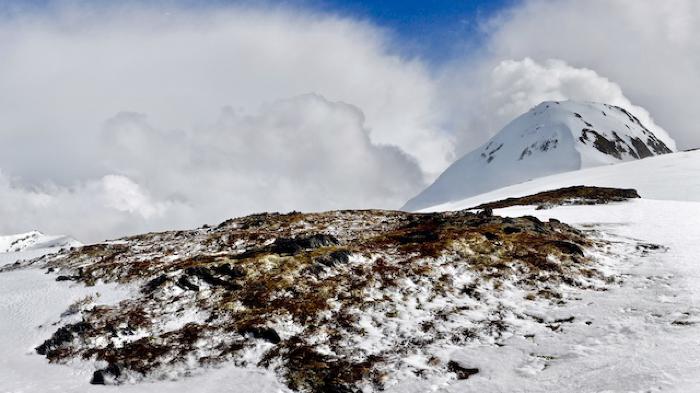Hail — Kaugcirluni

Hail is precipitation that forms in storm clouds and falls to Earth as pieces of ice. Hailstones are created when updrafts carry water droplets into cold air. The droplets freeze and stick to each other as air currents repeatedly cycle them through clouds. Each cycle the size of the frozen mass grows until the hailstones become too heavy for the updraft to carry or the updraft weakens. Then gravity pulls the stone to Earth.
Hail shouldn’t be confused with sleet or grauple. Sleet forms when snowflakes melt and refreeze as they fall to the ground. Grauple, also known as soft hail or snow pellets, forms when very cold water droplets freeze onto falling snowflakes. Hail typically falls during severe thunderstorms, while sleet and grauple fall during snowstorms.
Hailstones can grow quite large and cause serious damage to whatever they strike. Although hail is less common in Alaska than in some parts of the world, it is still a hazard in the north. Small hail is typically pea-sized, about a quarter of an inch in diameter, but it can grow to grapefruit size, up to 4 ½ inches in diameter. Fittingly, the Alutiiq word for hail, kaugcirluni comes from the word kaugluku which means to strike or pound something.
